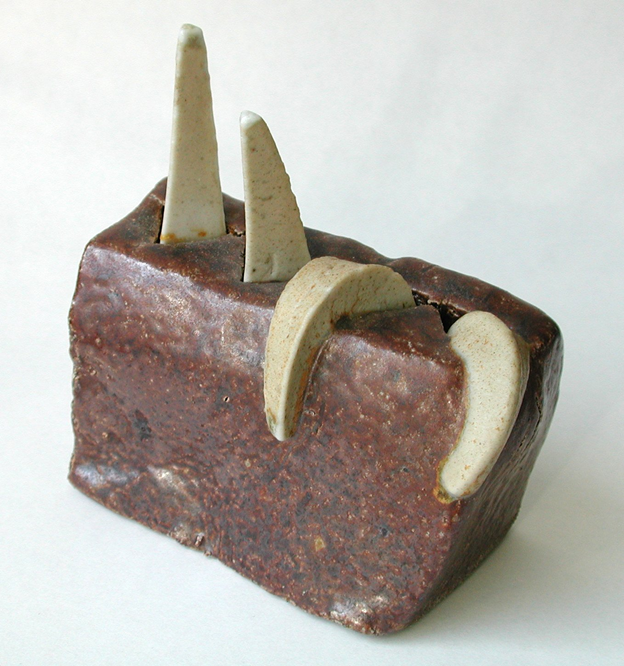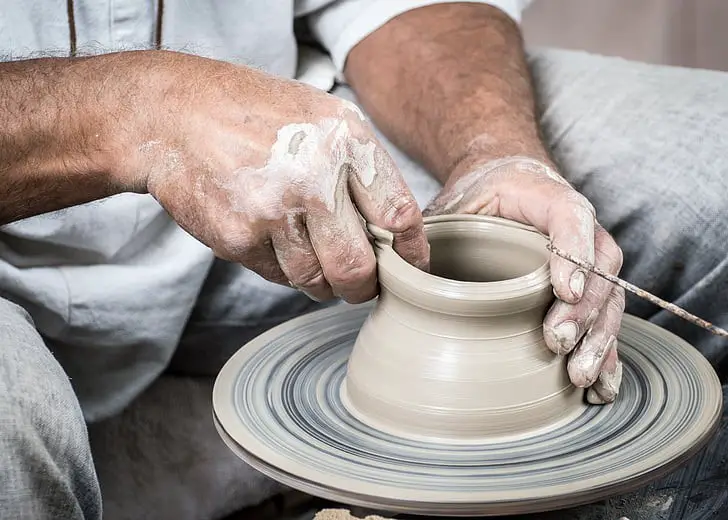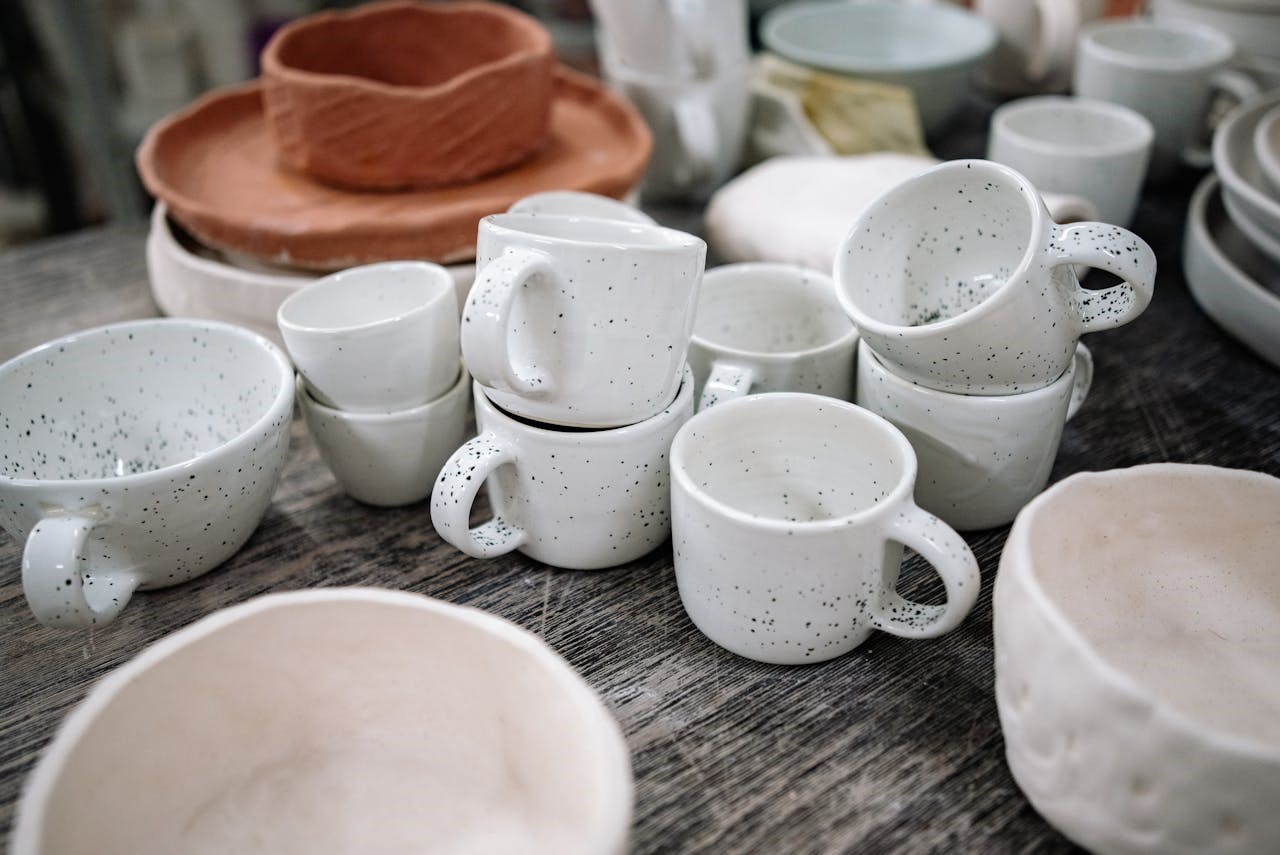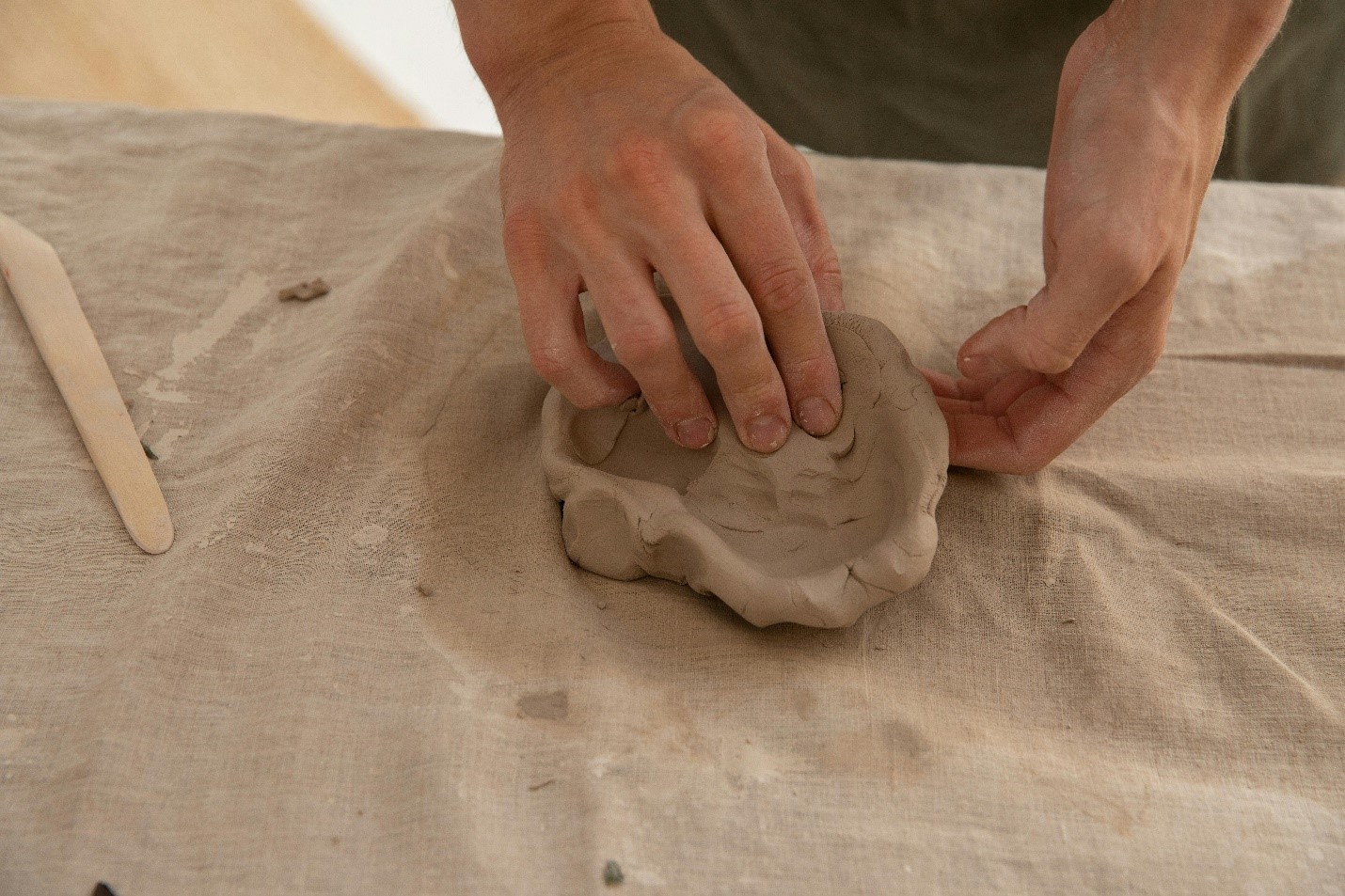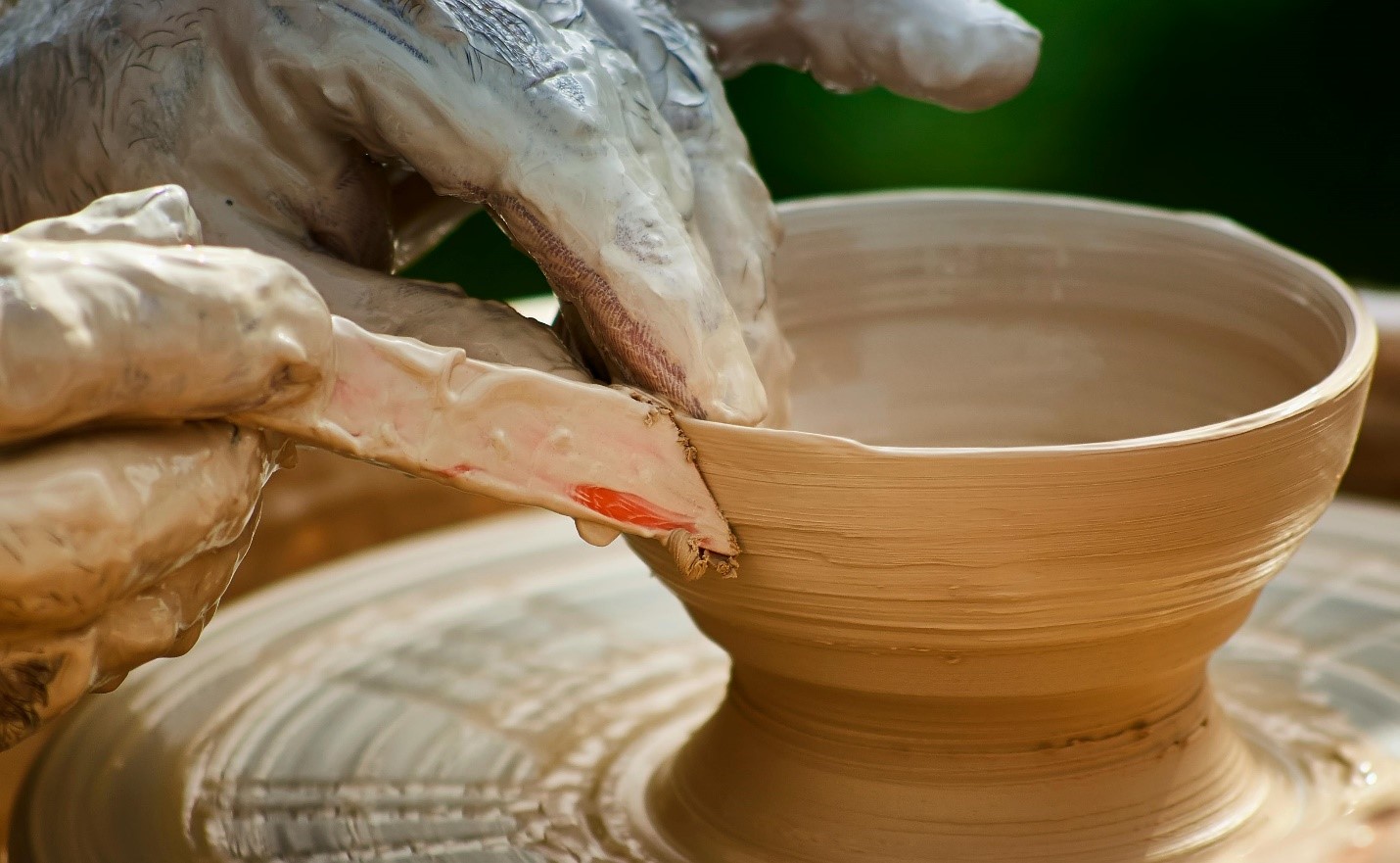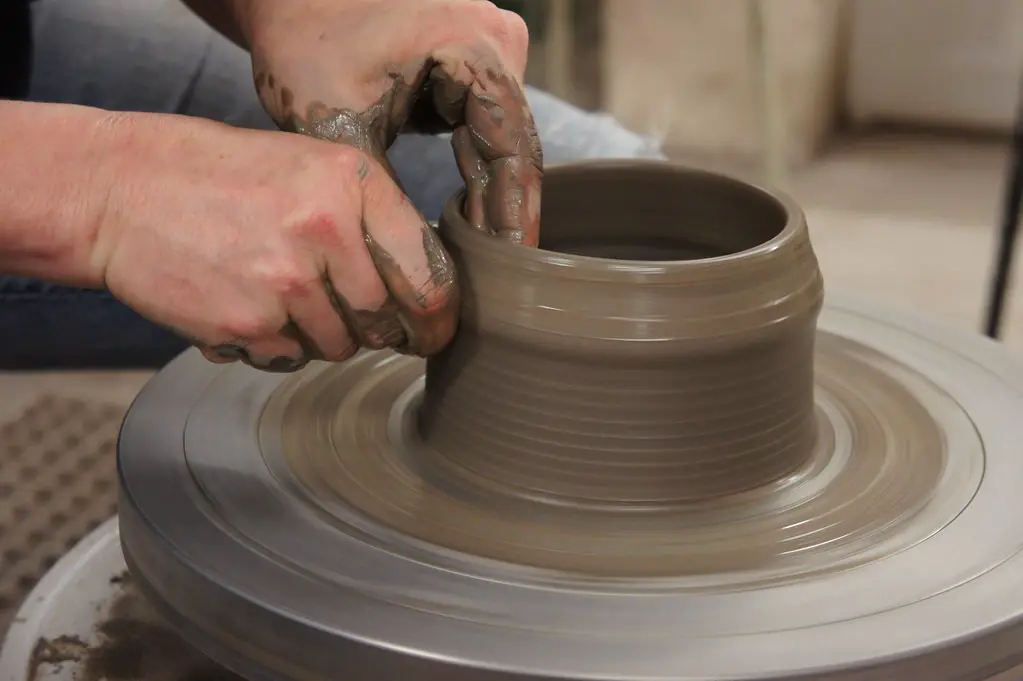Using a cone while firing pottery creations is relatively unknown, especially for those using the pottery kiln for the first time. Interestingly, the kiln works not on temperatures but at a cone level! You can create more durable work when you know the proper cone levels based on the piece’s time and firing. It is more of a heat absorption technique than increasing or decreasing the temperature.
How Do Cones Work?
Cones are available in a range of numbers. Now, each of these cones corresponds to the temperature and heating rate combination that might cause the deformation of the cone. When the firing process starts, the cone stands at an angle of 8 degrees. When fired perfectly, the cone will achieve an angle of 90 degrees. Check whether the cone has less bending. If it does, the pottery piece is under-fired. If the angle surpasses the 90-degree mark, it states that the pottery work is over-fired.
Now, take a look at the numbers in these cones. The hottest cone is numbered 10 while it gets cooler, with 1 being the lowest temperature. However, 1 isn’t the coolest. It continues with 01, 02, and so on.
Cone 5 Vs. Cone 6: Key Difference
So, how does Cone 5 differ from Cone 6? Let us check it out!
Firing Temperature
Technically speaking, there is only a little difference between cone 5 and cone 6. Even the temperature difference between the both is minor. While cone 5 fires at 2118 degrees Fahrenheit, cone 6 fires at 2165 degrees Fahrenheit.
Now, what about cone 06 and cone 05? Well, they fall well below the single-numbered cone category. Cone 06 fires at a much lower temperature than cone 6, and the same applies to cone 05. For cone 05, the firing temperature is 1870 degrees Fahrenheit, while the firing temperature for cone 06 is 1798 degrees Fahrenheit.
In pottery, “0” ahead of a number represents “minus.” It means any firing cone with 0 placed ahead will have a lower firing temperature than single numbers.
Cone 5: Complete Detail
Cone 5 is also termed a middle-temperature cone. It is the lower temperature range required to fire most pottery stonewares, porcelains, and hobby art. Several potters are now moving from the use of cone 6 down to the cone 5 levels. It helps with a considerable amount of energy saving, about 40 degrees less.
Moreover, there is way less wear & tear within the electric kiln parts, which provides longevity and durability for the machine. As the kiln ages, achieving the final few degrees with a particular cone can be difficult. It can lead to raked-up power bills.
Thankfully, most middle-temperature glazes available for potters are for the cone 5 to 6 range. Depending on the brand, most pottery glazes meant to be fired at cone 6 still tend to melt well. This is especially true due to the temperature at the final firing stage.
If your kiln is old or you plan to save on energy bills, start with a test batch to check if it works. It is beneficial with certain reactive glazes. Although several brands mention that they should be fired at the cone 6 temperature, most are over-fired at this level. With cone 5 firing, you can surely attain better results.
However, working through the maturity of clay bodies at a lower cone is tricky. So, ensure you have the right cone to help with your pottery escapades. The Orton Cones Self-Supporting Pyrometric Cone 6 is an excellent kiln-firing choice. This pack of 25 cones has a fixed angle and mounting height to help you monitor the firing process.
Can You Fire Cone 6 Clay at Cone 5 Temperature?
Whether or not your clay can be fired at a lower cone temperature would depend on how you assess it. Look at the porosity and fired color to understand the clay body data. Firing a clay one cone lower helps achieve better glazing results with a visible difference. This is especially true for the interior part of the ceramic with a glassy & perfect look. How this process comes to life is a profoundly intriguing one. It is a crucial way to better set the glaze on the clay’s surface.
Similarities Between Cone 5 & Cone 6
Strictly speaking, Cone 5 & Cone 6 falls under the mid-fire range. However, most potters opt for the cone 6 firing level as it is easily achievable with generic electric kilns. The glazes used in mid-range options work through the oxidation process. Here, oxygen tends to interact with glazes to create exceptionally bright colors.
Thus, Your fire clay may not be meant for cone 6 to cone 5 levels. The results would be similar. Firing at cone 6 would give you a solid, homogeneous, and stony-colored look with a warmer tint. On the other hand, firing at cone 5 would get you bisque-like effects.
How Do You Achieve Cone 6 Maturity by Firing at Cone 5?
Opting for the fire-and-hold process is better if you plan to achieve a perfect result with cone 5 firing when using cone 6. All you need to do is fire the clay at cone 5 for the time frame mentioned by the manufacturer. Once the firing process is complete, the key is to hold the clay in the set temperature environment to achieve cone 6 effects.
| Cone 5 | Cone 6 |
| Firing Temperature-2118oF | Firing Temperature-2165oF |
| Cone 5 Glaze Cannot Be Fired at Cone 6 (Can Lead to Cracking or Glaze Burning) | Cone 6 Glaze Can Be Fired at Cone 5 |
| More Porosity (When Cone 6 Glaze is Fired at Cone 5) | Less Porosity (When Cone 6 Glaze is Fired at Cone 5) |
| Bisque-Firing Effect | Homogenous & Stony-Colored with a Warmer Tint |
Things to Keep in Mind When Firing at Cone 5 & 6
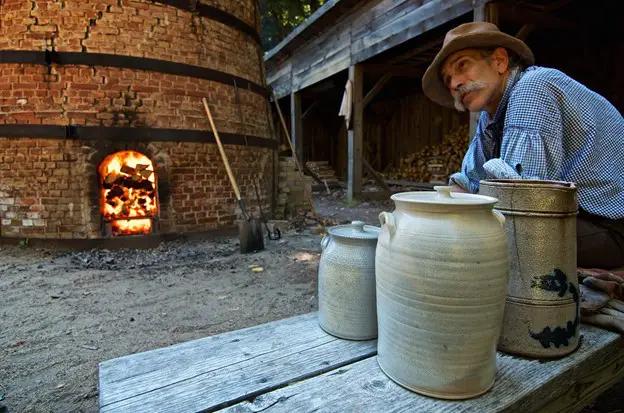
When employing a Cone 5 or 6 during pottery creation, you must take care of a few things. Here is what you should look after:
1. Use Temperature Control Devices:
While pottery cones help in knowing the temperature inside the kiln, they are not foolproof or accurate. To avoid unwanted temperature fluctuations or deflection, use a good-quality pyrometer throughout the kiln firing process with Cone 5 or 6.
2. Opt for a Slow Ramp Rate:
Sudden increases in the temperature are great adversaries to the pottery that is being fired in the kiln. The ramp rate shall go up slowly under strict monitoring. Move within the range of 150oF to 300oF. It is essential for preventing sudden thermal shock when heat is not evenly distributed inside the kiln.
3. Schedule Hold Times:
When Cone 5 or 6 reaches the ideal temperature, the clay must mature before progressing toward glaze development. It is advised to hold off on anything else for about 15-30 minutes.
4. Ventilation is Crucial:
Whether you fire at Cone 5 or 6, ensure the kiln is thoroughly ventilated. It prevents an abrupt temperature increase inside the kiln. It is especially crucial during the bisque firing stage. Adequate ventilation helps remove organic materials inside the kiln while allowing a clean burnout.
5. Check for Glaze Compatibility:
Your piece can suffer from inadequate or improper firing if you use glazes with high firing capabilities. The clay piece might also be brittle, flaky, or sticky once the firing has been completed at Cone 5 or 6 if it is meant for firing at a higher or lower cone. Consider manufacturer instructions to choose the right temperature, a meaningful way to craft durably fired pieces. Make sure you use a glaze product for the cone, whether 5 or 6.
Conclusion
You can fire your pottery piece at Cone 5 or Cone 6, but it has only a little difference or different impact on your creation. There are only minute differences between the two when you receive the final product, which is a beautiful pottery piece that is fired to be durable. While experimenting with your creations, you can get great results with these cone choices!

